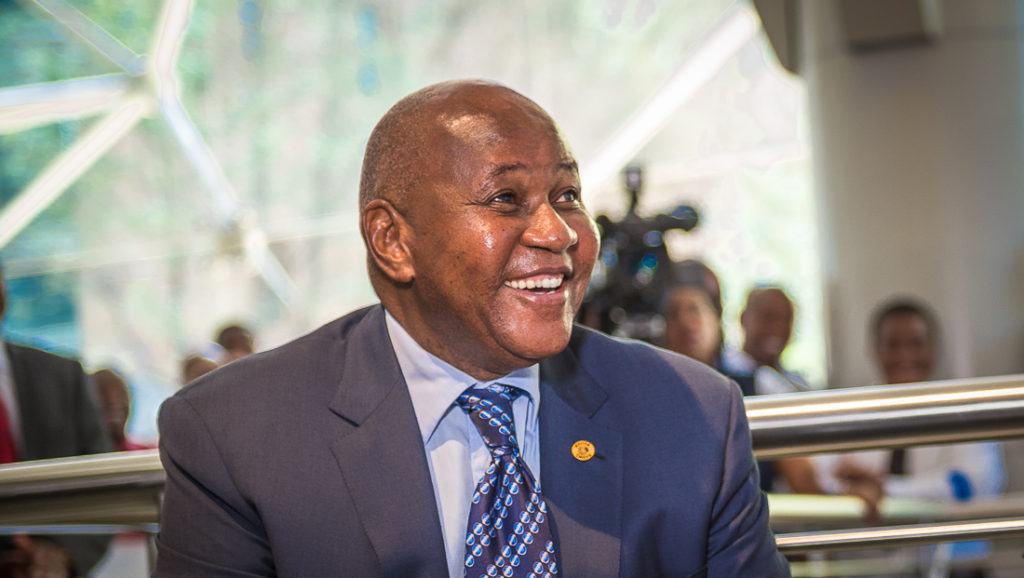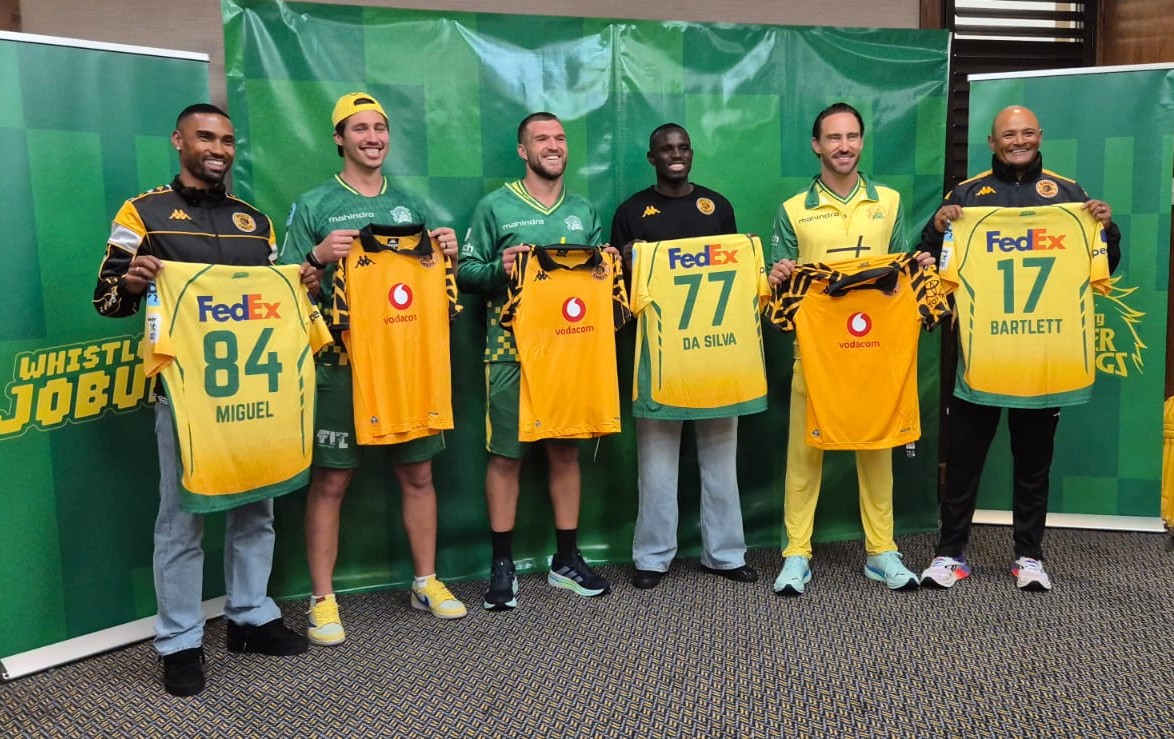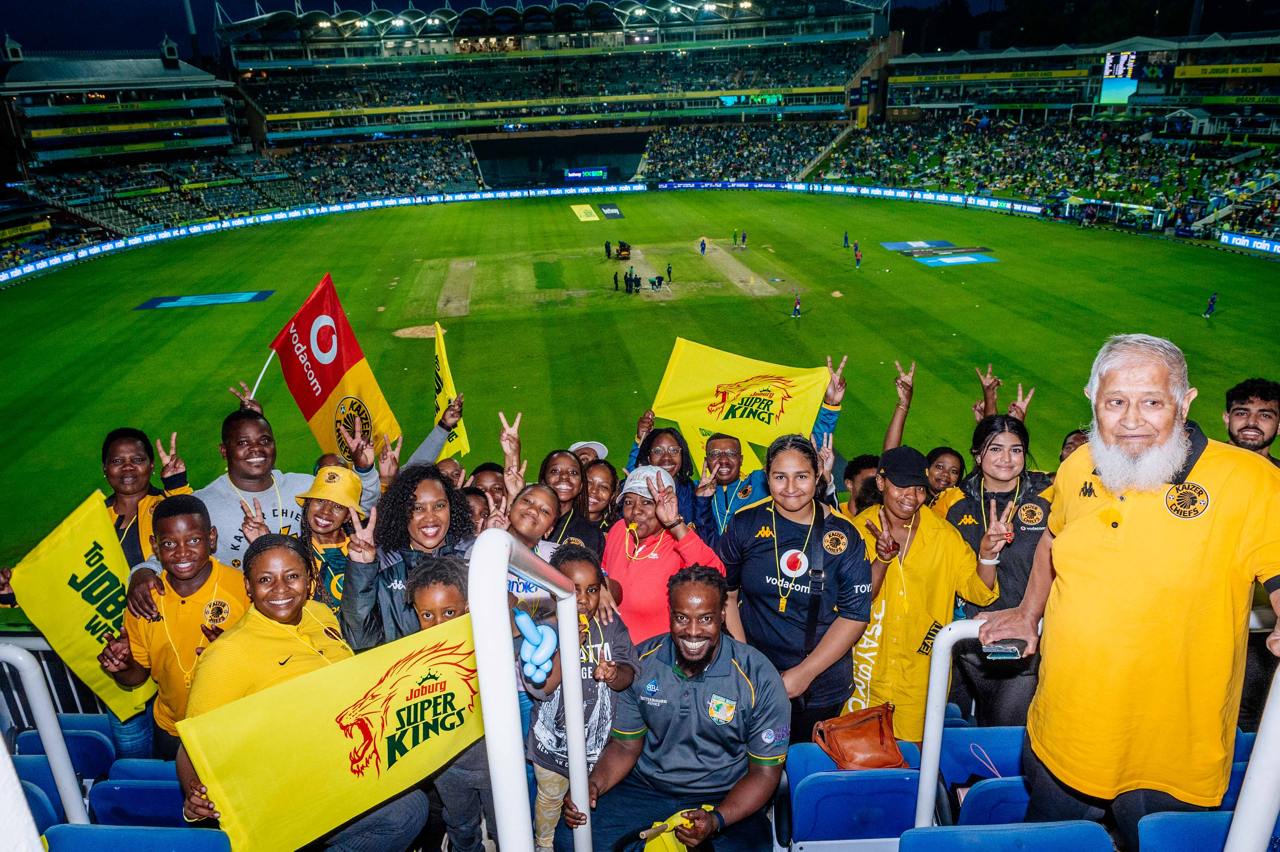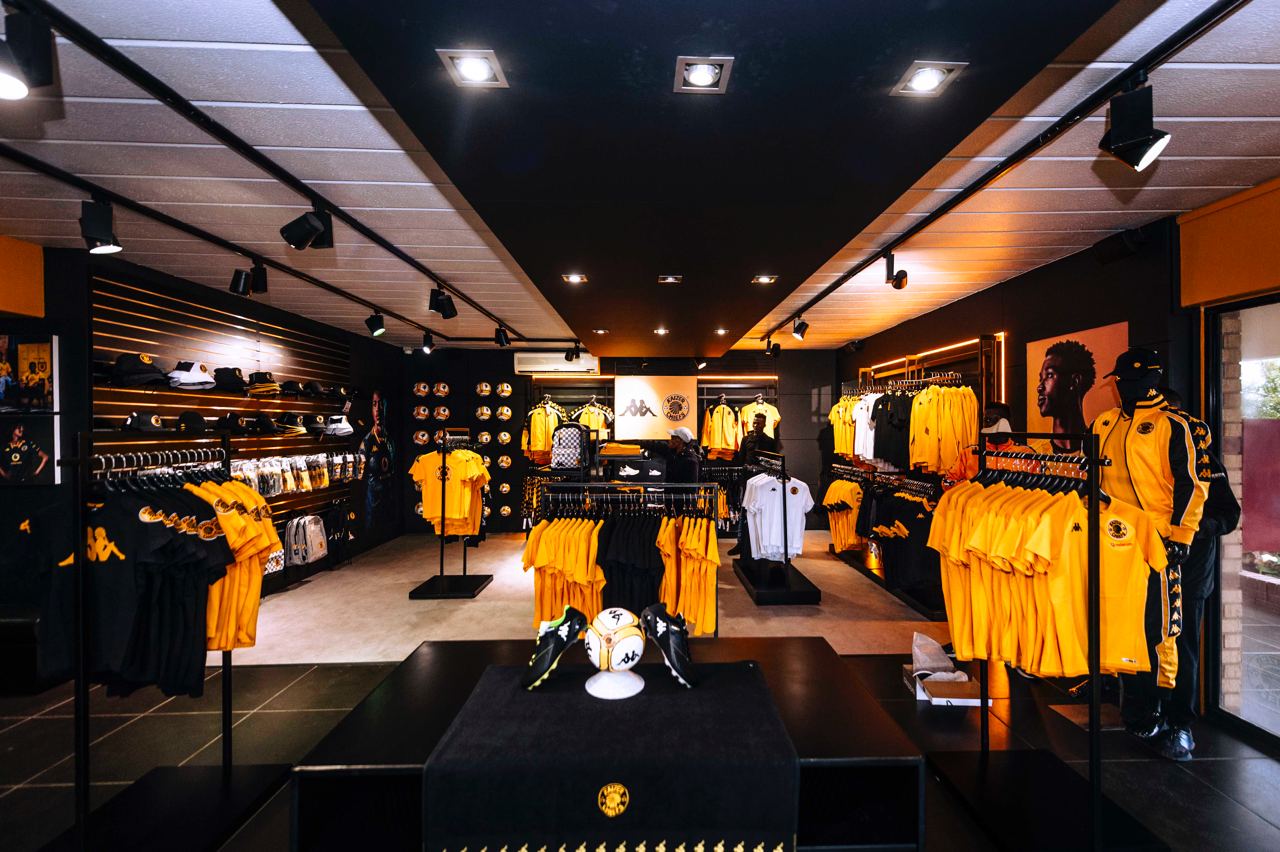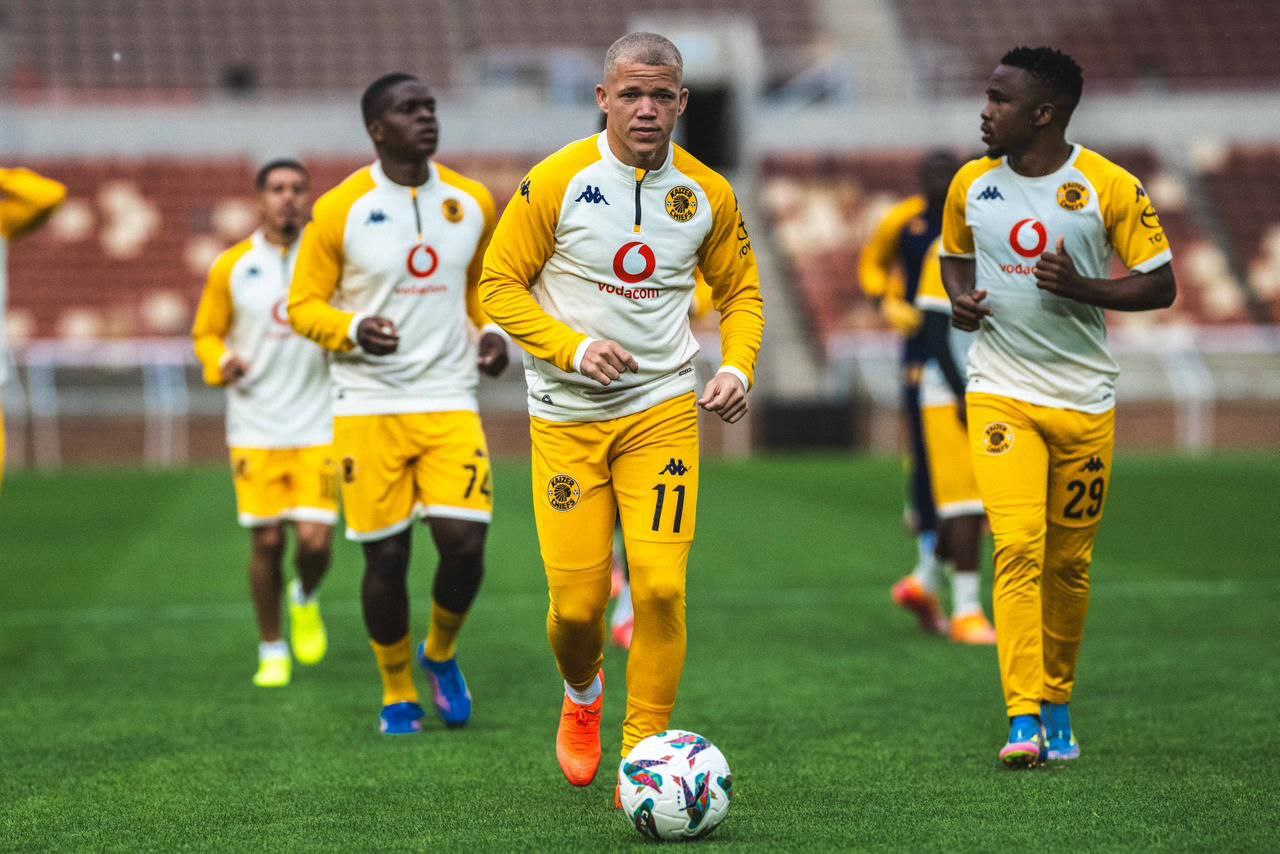Posted in News on Jan 06, 2009.
After these two games, there was no turning back for the Club. For the next 38 years such headlines became synonymous with Kaizer Chiefs. Chiefs entered the game not only with the bang but elegance as well.
There is no contradiction in Kaizer Motaung’ statement, “We changed the face of the game,” He is not presumptuous either!
Chiefs have made several firsts in local football more than any other club. The first team to have more full time professional players, the first team to have several players campaigning abroad at the same time (Shaka Ngcobo, Ace Ntsoelengoe, Pele Blaschke were all campaigning in the US at the same time in the 70s), the first team to be registered as a company, the first team to have white registered supporters.
It was Kaizer Chiefs who made a history of sorts in 1975 when they brought out former Brazilian international Jairzinho to this country. The Club continued in the 90 to ‘revolutionarise’ South African football becoming the first local club to have a club house, Kaizer Chiefs Village in Naturena. The giant Club will be the first club to own its shares in its own stadium to be built in Krugersdorp.
This all started on the 7th January 1970.
Kaizer, who was playing his trade in America, found his friends and teammates at Orlando Pirates in 1969 sidelined. He played a vital role in the formation of what is currently the biggest sporting brand in the country, Kaizer Chiefs.
Together with the likes of Thomas “Zero My Hero” Johnson, the late Ewert “The Lip” Nene, Edward “Msomi” Khoza, Ratha Mokgoatlheng and others having toured the country successfully with Kaizer Chiefs XI in 1969, they decided to form what is known today as Kaizer Chiefs.
Kaizer Motaung remembered vividly, “It was on this meeting before I returned to the United States of America that I was pressured not to abandon the Kaizer XI. My father also played a huge role in convincing me, saying, “This will help you to have something to fall back on when you come back from the USA”. We needed strong administration as I was going to be away. I then recruited the late Clarence Mlokoti who was a good administrator. We also had people like China Ngema (currently a Director at the Club). This is how Kaizer Chiefs was conceived,” revealed Motaung.
When Chiefs started, they had their slogan, ‘Love & Peace’ and the brand attracted a ‘Hippie culture’ a while they were winning fans on the pitch with their brand of football. Most Chiefs players, spotted trousers with flares while among the clevers in the township and a majority of ordinary people-trousers had turn ups. Chiefs female supporters also showed traits of more liberalism in their dress sense.
Chiefs founder member, Zero Johnson recalled, “We wanted to be a team with style, not only on the field of play but off the field as well. I suddenly became a ‘dance teacher’ for the players. It was important for Kaizer Chiefs players to be able to dance when there is a call to do so. Fans loved mingling with players and dance so this was a strategy to wow more crowds,” he said laughing.
Life was not as easy though, as Club’s legend Michael Bizzah Dlamini revealed in a television show recently, “There were tough times at the beginning especially financially but we soldiered on. We were determined to take on the best in the country,”
Side by side with success, death has been a constant visitor to Chiefs. The deaths of Ewert Nene, former captain, Ariel “Pro” Khongoane in the early 70s were shattering so was the death of the likes of Gilbert Sekhabi, Elkiem “Pro” Khumalo, Clarence Mlokoti and the legendary, Patrick “Ace” Ntsulengoe.
The Boet Erasmus ‘close call’ when player such as Doctor Khumalo, Moses Ngcobo, William Shongwe were pinned to the ground by two walls and the mass of humanity brought dark clouds for the Club. The Orkney disaster on Sunday, 13 January 1991 and the Ellis Park disaster on the 11th April 2001 will forever be remembered as dark moments since the Club’s inception 39 years ago.
Kaizer Chiefs though has always been all about winning from day one. The Club has won more trophies than any other soccer club in South Africa. It boasts with predicted 14 million fans around the country which makes it a biggest sporting establishment in the country and one of the biggest in the continent. The Club continues to grow with fans beyond South African boarders.
As the Club celebrates its 39th birthday, it is hoped that the new generation will match the achievements of some of the legends that turned up for the Club: Patrick “Ace” Ntsoelengoe, Ariel “Pro” Khongoane, Vusi “Computer” Lamola, Johnny “Magwegwe” Mokoena, Teenage Dladla, Lucky Stylianou, Peter B’alack, Johannes “Fetsi” Molatedi, Doctor “Pretty Boy” Khumalo, Lucas “Rhoo” Radebe and many others.
Happy 39th Birthday Kaizer Chiefs!

